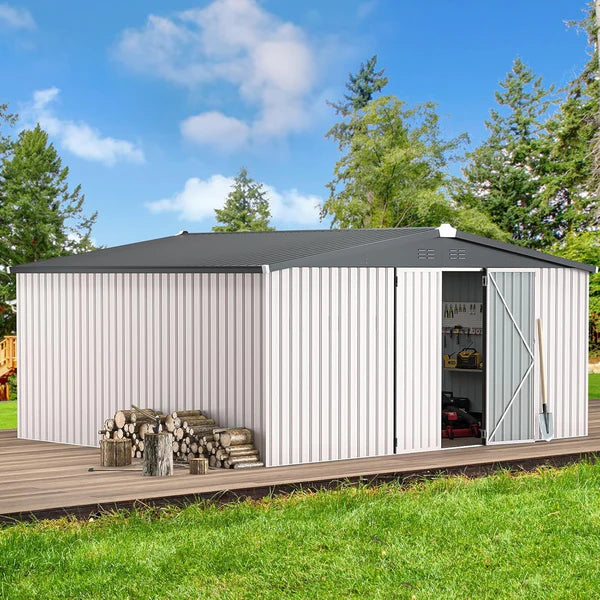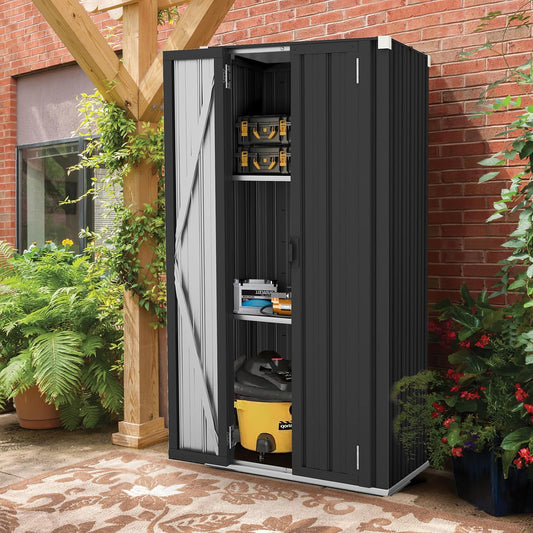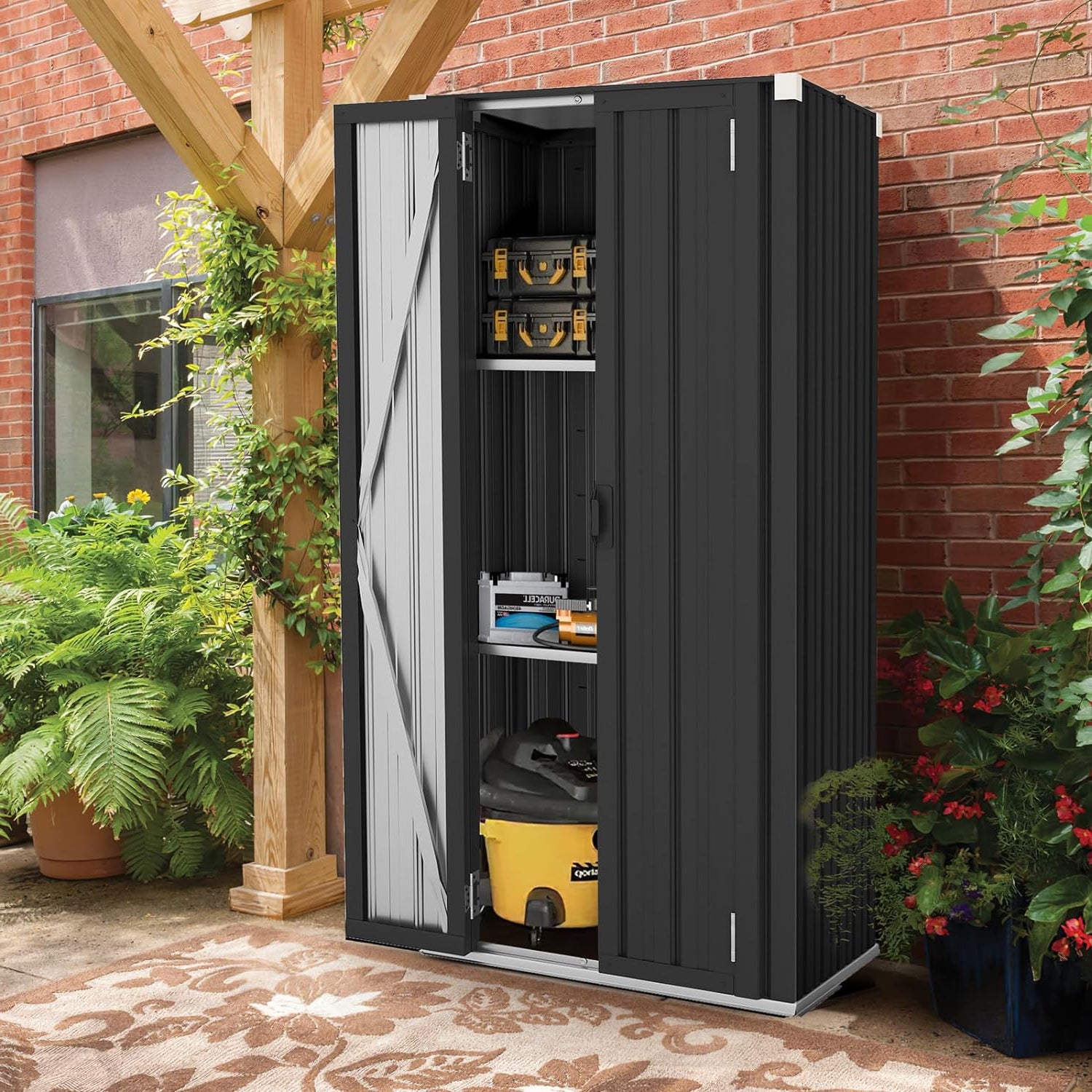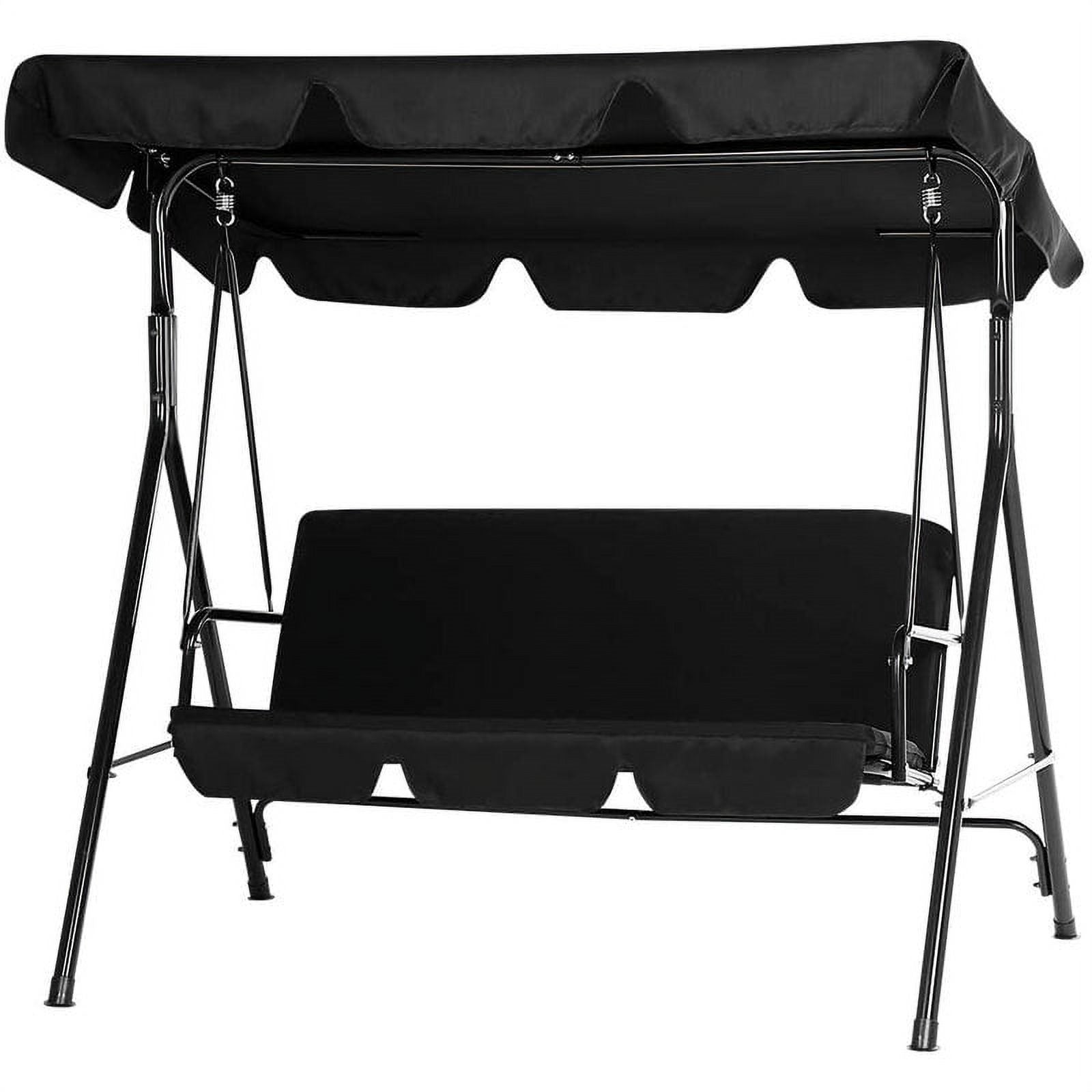Why Shed Size Matters for Your Outdoor Space
A shed isn’t just a place to dump your tools—it’s an extension of your outdoor lifestyle. The right size can turn chaos into calm, while the wrong one can make even a spacious backyard feel cramped. That’s why choosing the perfect fit—whether it’s compact garden sheds or spacious outdoor storage sheds—matters more than you might think.
If you pick a shed that’s too small, you’ll quickly run out of room for your lawn mower, seasonal decorations, or even that collection of garden gnomes you secretly love. Too large, and it becomes a backyard eyesore that takes up valuable space you could use for lounging or planting.
With the right dimensions, garden sheds blend seamlessly into your landscaping while offering just the right amount of storage. Larger outdoor storage sheds, on the other hand, give you the flexibility to store bulkier items or even set up a hobby space or mini workshop.
At the end of the day, shed size is about more than square footage—it’s about function, flow, and finding that sweet spot between storage and style.

What Are the Most Common Shed Sizes and Their Uses?
When it comes to choosing the right garden shed or outdoor storage shed, size plays a critical role in determining its functionality. Whether you're storing garden tools, bicycles, or creating a mini workshop, understanding the typical shed sizes and what they’re best used for can help you avoid under- or overestimating your space needs.
Here’s a quick guide to the most popular shed sizes and their ideal uses:
| Shed Size | Ideal Use | Best For |
|---|---|---|
| 6x4 Shed | Compact storage for basic tools and supplies | Small garden sheds, urban backyards |
| 8x6 Shed | Room for tools, a push mower, and shelving | Versatile outdoor storage sheds for hobbyists |
| 10x8 Shed | Space for bikes, power tools, and potting benches | Gardeners, families with moderate storage needs |
| 12x10 Shed | Large storage for riding mowers, seasonal gear, or workspace | DIY enthusiasts, backyard workshops |
| 14x12 Shed | Multi-purpose storage or full workshop setup | Professionals, homesteaders |
Smaller garden sheds like the 6x4 or 8x6 are perfect if you’re tight on space but still need a weather-resistant place to keep your essentials. On the other hand, larger outdoor storage sheds starting from 10x8 and above provide the flexibility to store bulkier equipment or create a dedicated workspace right in your backyard.
Understanding these standard sizes helps you plan better—not just for what you’re storing today, but what you might add in the future.
How to Measure Your Outdoor Area Before Choosing a Shed
Before investing in a small metal shed for basic garden tools or upgrading to a large shed for bikes, equipment, or even a mini workshop, it's crucial to measure your outdoor space accurately. Picking the wrong size can lead to frustration—like a shed that dominates your yard or doesn't meet your storage needs.
Step 1: Determine the Shed’s Purpose
Are you storing just a few items or planning for multifunctional use? If it's simple storage, a small metal shed may be sufficient. But for more ambitious setups, a large shed with extra floor space might be necessary. Start by listing what the shed needs to hold.
Step 2: Measure the Available Ground Space
Use a tape measure to check the maximum length and width of your intended shed area. Always leave 1–2 feet of clearance around all sides for ventilation, maintenance access, and easy movement.
Step 3: Consider the Surroundings
Watch out for trees, fences, or sloped terrain. Sheds—whether small or large—perform best on flat, level ground. If needed, prep the site by leveling the soil or laying a solid foundation.
Step 4: Check Entry and Pathways
Make sure the shed can actually get to its destination—especially a large shed that might arrive partially assembled. Measure gates and access paths before purchasing.
Step 5: Visualize the Placement
Use chalk, stakes, or tape to mark the shed’s footprint in your yard. This helps you see how a small metal shed or large shed would fit into your landscape without disrupting traffic flow or green space.
By planning carefully and measuring thoroughly, you’ll ensure your new shed enhances your outdoor space without overwhelming it.

Which Shed Size Is Right for Your Storage Needs?
Choosing the right shed size depends on what you plan to store and how you use your outdoor space. From compact small metal sheds to spacious large sheds, each option fits a different lifestyle and storage goal.
If you're storing basic gardening tools, a 6x4 shed or other small metal shed may be all you need. These compact options are perfect for tight spaces and light-duty storage like hand tools, plant pots, and a lawnmower.
For families with bikes, outdoor toys, or seasonal gear, an 8x6 shed provides enough space to organize everything neatly while still fitting in most backyards. It offers a balance of capacity and footprint.
Need room for a workbench, power tools, or a full-scale hobby setup? That’s where large sheds like 10x8 or even 12x10 come in. These outdoor storage sheds can double as workshops or even mini garden offices with proper insulation.
Also, consider vertical space. Some garden sheds have high ceilings or loft shelves, helping you store more without increasing your shed’s footprint.
Ultimately, the right shed size not only meets your current needs but also leaves room for future storage. Don’t just think about today—plan for the years ahead.
Where Should You Place Your Shed for Maximum Utility?
Selecting the right location for your garden shed can make a huge difference in how functional it is day-to-day. Placing your shed in a shaded back corner may save space, but if it’s far from the house or lacks easy access, it could quickly become inconvenient.
For maximum utility, consider placing the shed near your most-used garden or backyard path—ideally somewhere with a flat surface and proper drainage. Avoid low-lying areas that collect water, as they can lead to moisture buildup and foundation issues, especially for small metal sheds. Sunlight exposure is another factor: if you’re storing temperature-sensitive items or tools, partial shade helps prevent overheating.
If you plan to use the shed frequently, such as for gardening or DIY tasks, positioning it closer to your back door or garage can save time and effort. Some homeowners even tuck their sheds next to fences or along property lines to keep the yard open.
For more in-depth guidance on where to position your shed to avoid long-term regrets, this article from Family Handyman is a great read:
👉 Shed Placement - How to Choose the Best Location

Who Should Consider Upgrading to a Larger Shed?
If your current storage feels cramped or disorganized, it might be time to consider upgrading to a large shed. While small sheds are great for basic tools or seasonal décor, certain lifestyles demand more space, structure, and functionality.
1. Gardening Enthusiasts
For those with a green thumb, a garden shed often becomes more than just a tool cabinet—it’s a potting station, a supply room, and sometimes even a cozy retreat. A larger shed accommodates potting benches, soil bags, watering cans, and larger garden equipment like wheelbarrows or rototillers.
2. DIYers and Hobbyists
If you enjoy woodworking, crafts, or home improvement, a small storage shed may not be enough. A large shed can double as a functional workshop—offering space for power tools, worktables, and organized shelving for nails, screws, and other supplies. It also gives you room to work comfortably all year round.
3. Families with Outdoor Gear
From bicycles and scooters to lawnmowers and snowblowers, active families quickly outgrow a small metal shed. A larger unit keeps gear protected, declutters garages, and makes access easier for frequent use.
4. Seasonal Storage Needs
If you rotate patio furniture, holiday decorations, or camping gear throughout the year, a larger outdoor storage shed lets you store items neatly without digging through piles.
Upgrading to a spacious shed isn’t just about capacity—it’s about convenience, organization, and long-term value. If you’re constantly running out of space or struggling to keep things tidy, investing in a larger shed might be the solution.

When Is the Best Time to Buy or Install a Shed?
The best time to purchase and install a shed often depends on your climate and intended use. Spring and early summer are ideal, offering favorable weather and giving you time to enjoy your garden shed or outdoor storage shed throughout the year. For budget-conscious buyers, late fall can bring off-season discounts—just be sure to install before the ground freezes.
If you're ready to upgrade, YODOLLA offers sheds in a wide range of sizes and colors, making it easy to find the perfect fit for your outdoor space—whether you're looking for a small metal shed for tools or a large shed to store bikes and garden equipment.


















